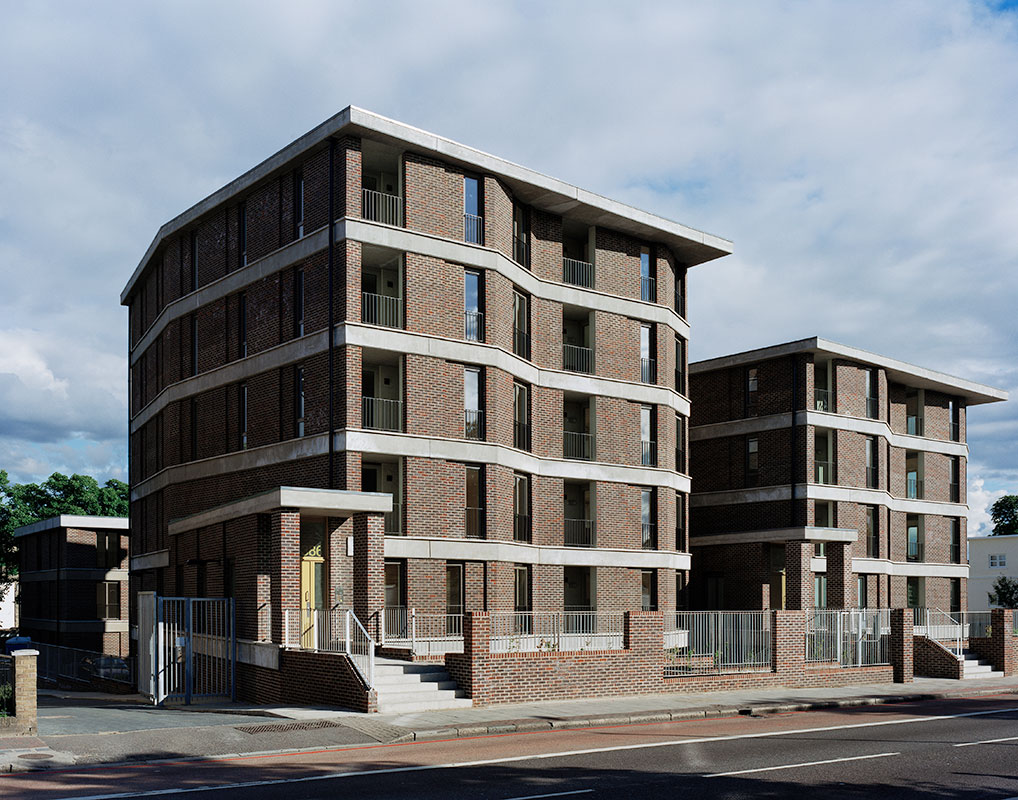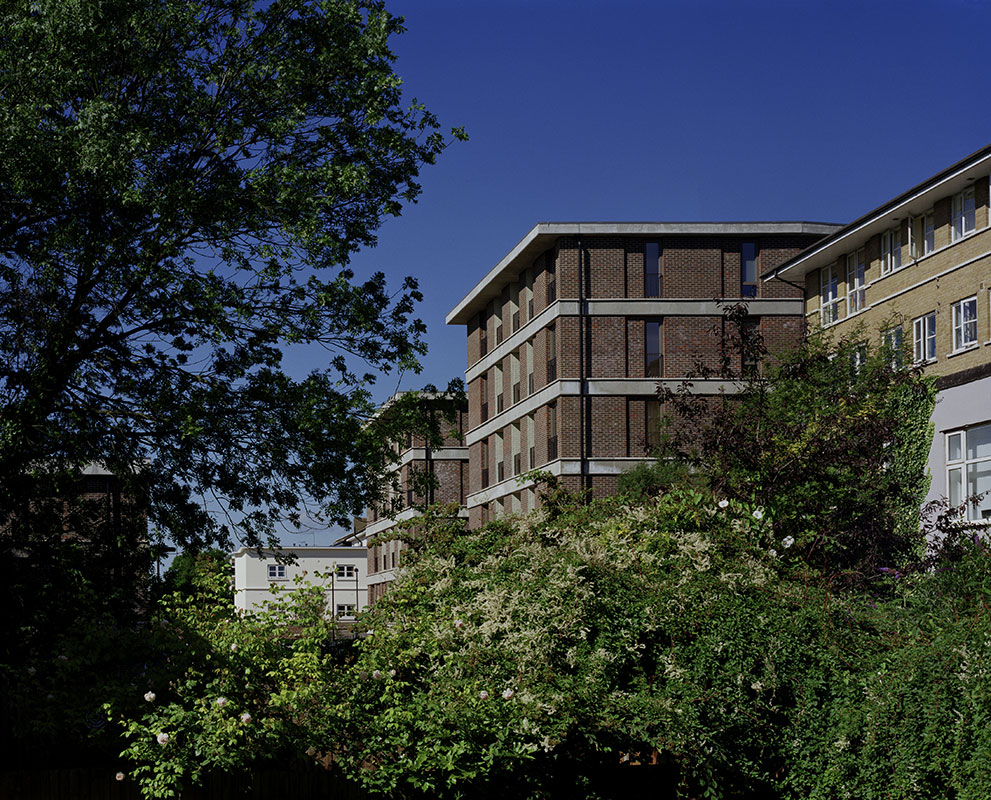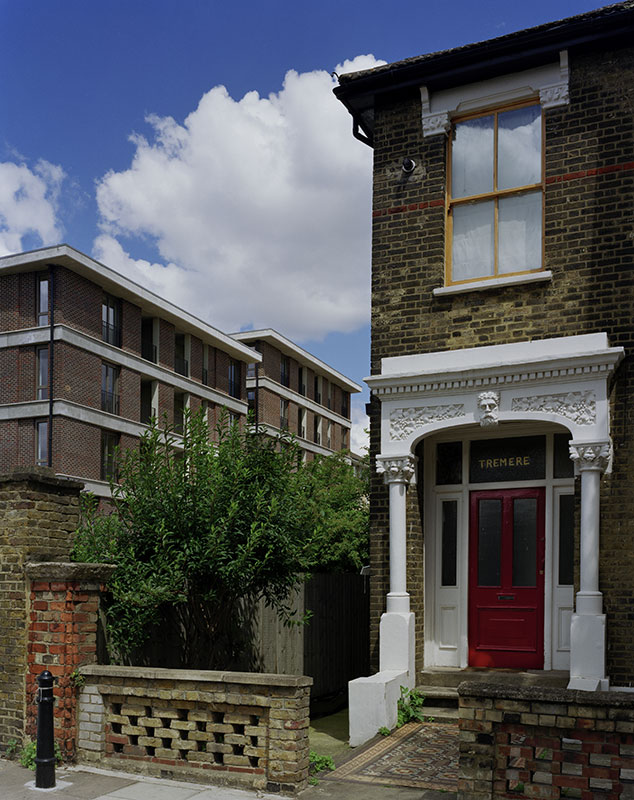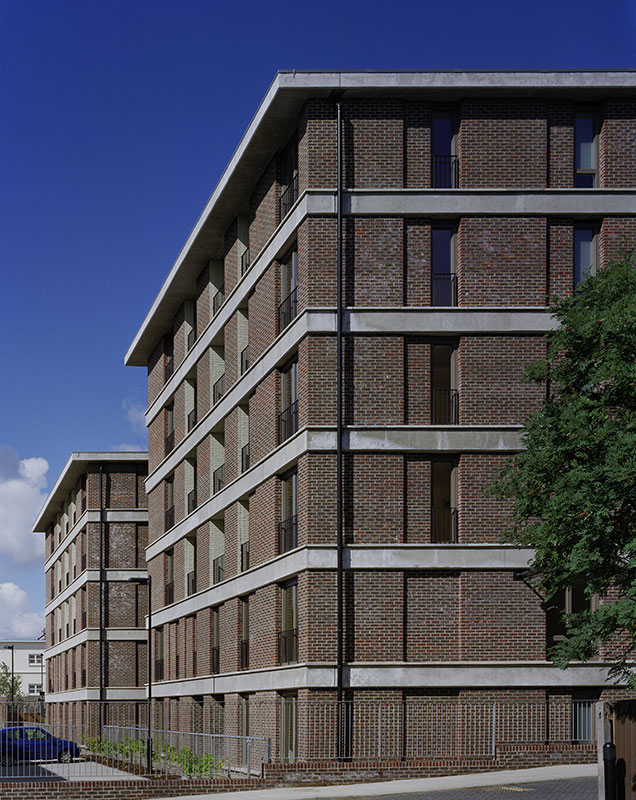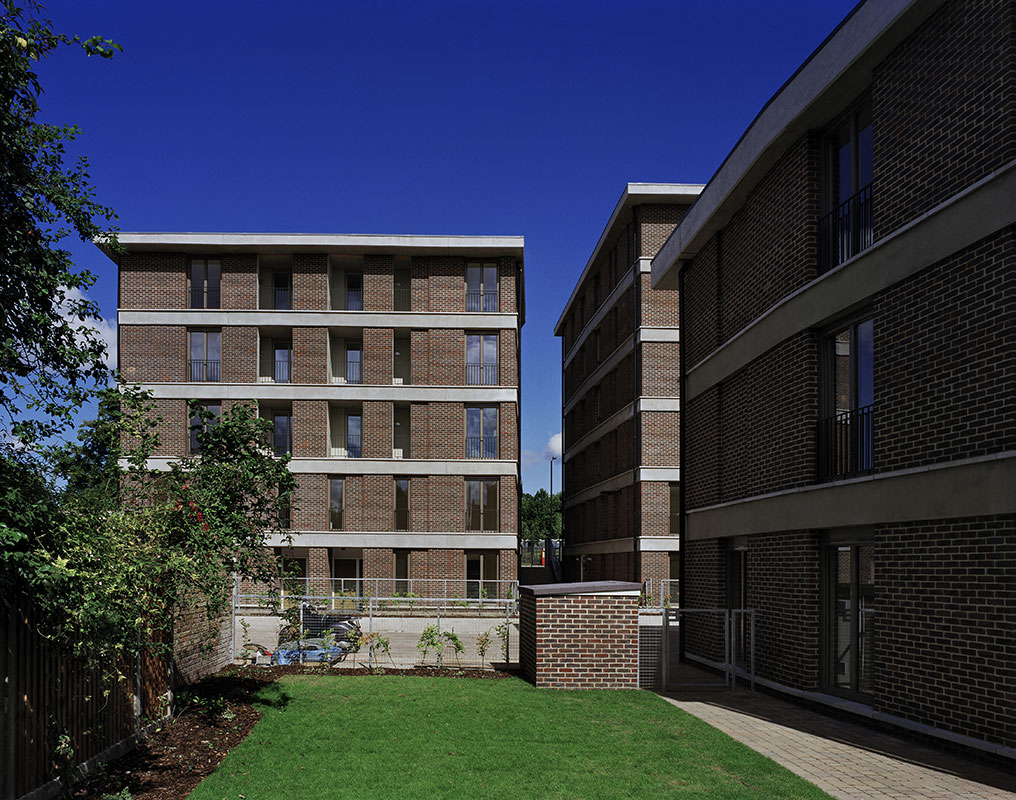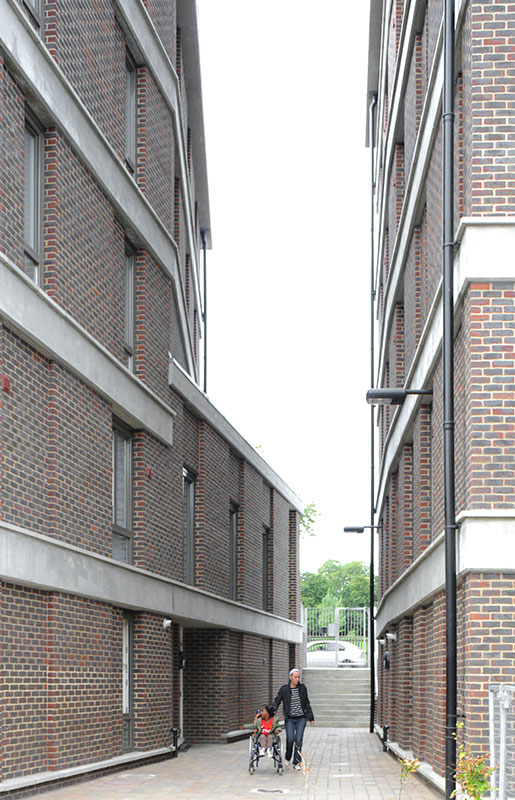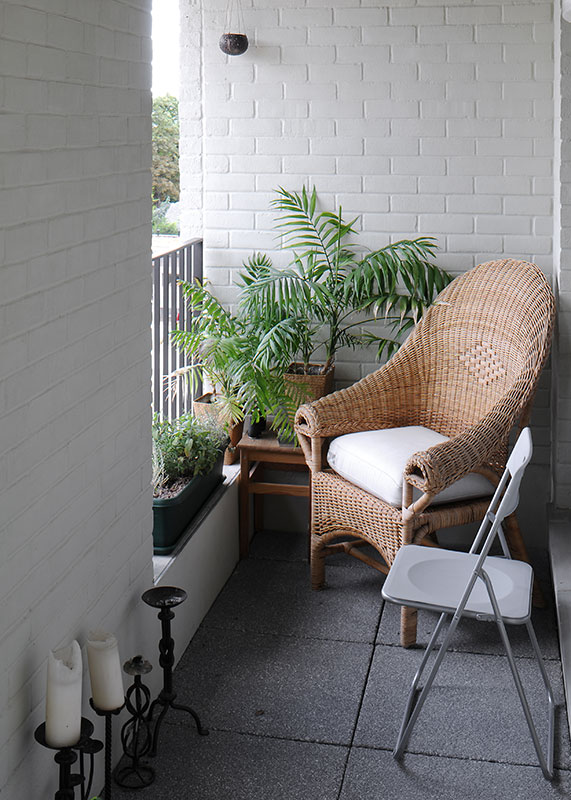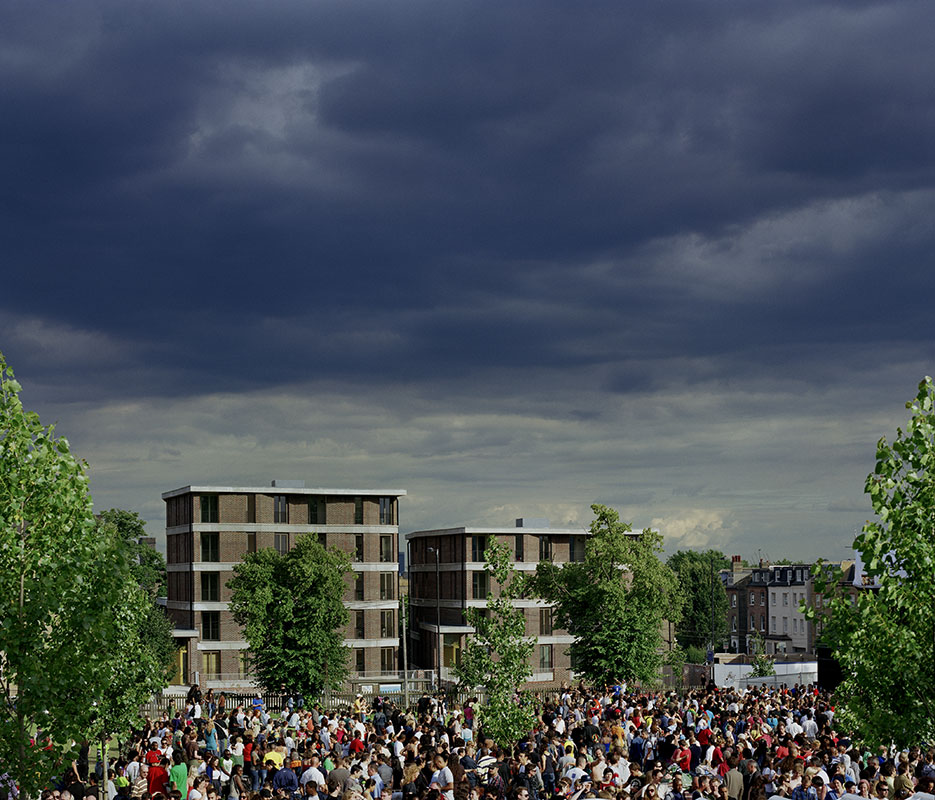NAME
Project title: Urban housing, Finsbury Park
Recommending party
The project has been submitted by:
Sergison Bates architects
LOCATION
Country: UK
City: London
Address:
378-386 Seven Sisters Road, London N4 2PL
AUTHOR
Designer or design team architects:
Sergison Bates architects

